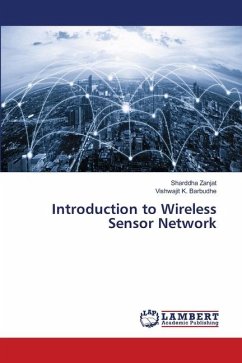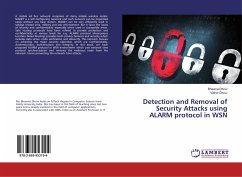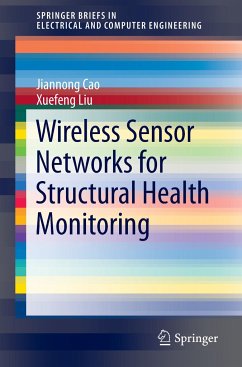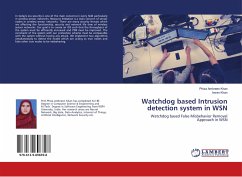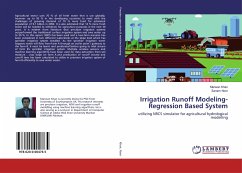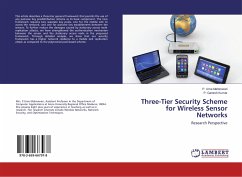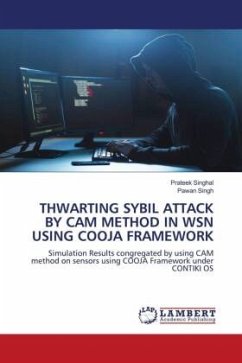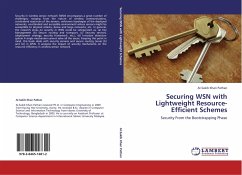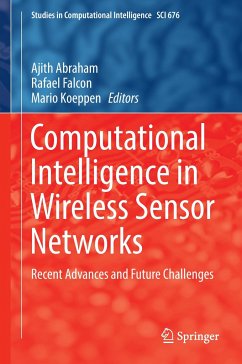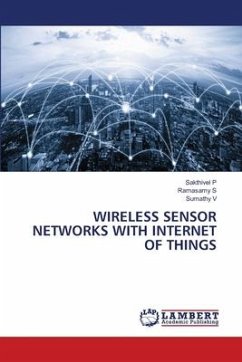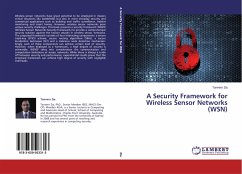
A Security Framework for Wireless Sensor Networks (WSN)
Versandkostenfrei!
Versandfertig in 6-10 Tagen
47,99 €
inkl. MwSt.

PAYBACK Punkte
24 °P sammeln!
Wireless sensor networks have great potential to be employed in mission critical situations like battlefields but also in more everyday security and commercial applications such as building and traffic surveillance, habitat monitoring and smart homes. However, wireless sensor networks pose unique security challenges. This book presents a security framework WSNSF (Wireless Sensor Networks Security Framework) to provide a comprehensive security solution against the known attacks in wireless sensor networks. The proposed framework consists of four interacting components: a secure triple-key (STKS...
Wireless sensor networks have great potential to be employed in mission critical situations like battlefields but also in more everyday security and commercial applications such as building and traffic surveillance, habitat monitoring and smart homes. However, wireless sensor networks pose unique security challenges. This book presents a security framework WSNSF (Wireless Sensor Networks Security Framework) to provide a comprehensive security solution against the known attacks in wireless sensor networks. The proposed framework consists of four interacting components: a secure triple-key (STKS) scheme, secure routing algorithms (SRAs), a secure localization technique (SLT) and a malicious node detection mechanism. Singly, each of these components can achieve certain level of security. However, when deployed as a framework, a high degree of security is achievable. WSNSF takes into consideration the communication and computation limitations of sensor networks. While there is alwaysa trade off between security and performance, experimental results prove that the proposed framework can achieve high degree of security with negligible overheads.



